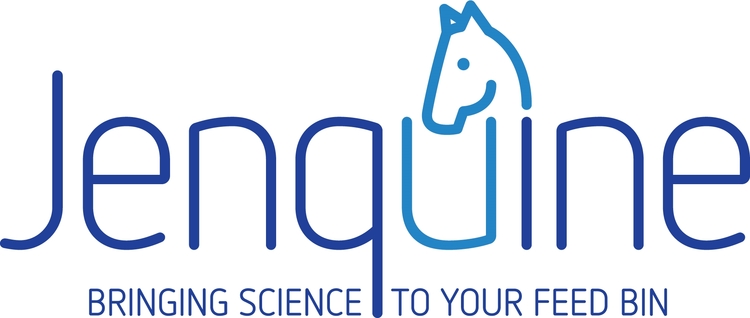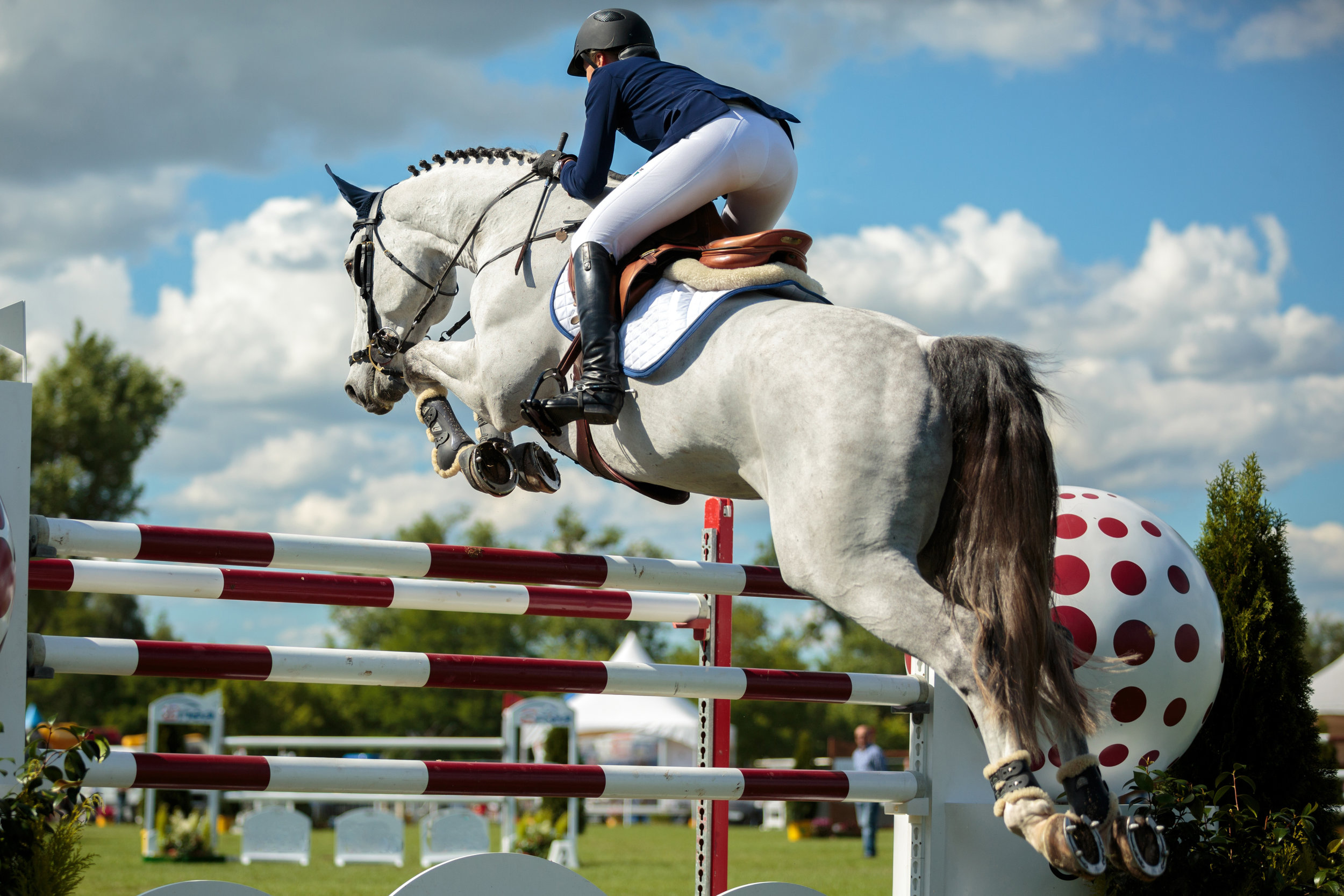Last week we shared the first half of the Partners in Practice article for Provet. Below continues with the second and final installment, complete with references- and there’s a few! We thought you might enjoy the article exactly as it was supplied, complete with the inclusion of how we are Bringing Science to your Feedbin - literally!
New information has come from epidemiologic studies that have deepened our understanding of associations between nutritional management and clinical conditions — including behaviour, temperament and welfare,1 colic (including post-foaling volvulus and epiploic foramen entrapment - EFE),2,3 developmental orthopaedic disease (DOD),3 endocrine disorders,4 enteroliths,5 equine metabolic syndrome (EMS),6 gastric ulcers,7 insulin resistance (IR),8 laminitis,9 nutritional secondary hyperparathyroidism (NSH),10 performance,11 polysaccharide storage myopathy (PSSM),12 recurrent exertional myopathies (RER)13 and salmonella shedding in hospitalised horses.14
While there is strong evidence health can be protected by low-glycaemic (GI) feeds, there is no or scant evidence in support of low-GI claims and to confirm any claims manufacturers need to validate feeds. Some studies have been conducted on starch and sugar levels of commercial horse feeds in Australia.15 Other Australian studies have cautioned against use of extruded and micronized feeds in horses at risk of IR — due to increased rate and extent of small intestine starch digestion.16 And, in many different international research journals are starch, sugar and GI values for many common equine feedstuffs. The diet analysis should include this data.
The history and clinical examination can yield valuable information to inform the diet analysis. Many dietary changes disrupt the microbiota and biome disruptions are being investigated as a cause of excessive gas production and risk of displacements and torsions. A 2015 study on post-foaling volvulus in mares found that numerous changes in the microbiota preceded the colic episode by 10-20 days.2 It is hoped that this may lead to measures to predict and prevent large colon volvulus in post-partum mares. Several studies have found that a recent change in hay or forage is associated with higher risk of colic than recent changes in concentrate.17 The history of a recent fatal colic epidemic in over 20 horses on one farm revealed monensin contamination of feed. Horses that suffer from colic, especially if recurrent, should have their history and diet reviewed and analysed.
In animals that are overweight, induction of weight loss is necessary to promote a return to insulin-sensitivity and reduce risk of sub-clinical and clinical laminitis. Alterations to the diet and feeding management begin with a full diet analysis to support medical management. Diet analysis is the only way to determine total daily nutrient intake, set realistic goals and manage weight loss.
Although there is still much to learn in critically ill or hospitalised patients, early enteral nutrition with parenteral supplementation when warranted is the standard of practice. In stressed, catabolic horses, the effects of inadequate nutrition are different to those observed in healthy animals. Amino acids are used by the liver to produce acute phase proteins, and increased glucagon, glucocorticoids, adrenalin and growth hormone cause insulin dysregulation and increased protein catabolism, both of which affect wound healing and immune function.19 Fine-tuning amino acid balance and intake enables nutrition to support medical and surgical treatments.
Because mathematical calculations alone don’t reflect the complexity of requirements for a wide range of veterinary clinical conditions, equine veterinary practices are a primary source of nutritional advice. Many nutritional recommendations change as new research expands our knowledge. A recent example is Dr Ben Sykes work that revealed how timing of roughage feeding affects the efficacy of omeprazole – resulting in changes to the recommended protocol.20 Although estimates can be found in textbooks and feeding guides, to be clinically applicable and meet ‘best practice’, nutritional advice requires veterinary knowledge and understanding of pathophysiology and clinical assessment of health, growth, performance and clinical problems.
If you would like to know more about equine clinical nutrition, diet analysis or copies of articles, please contact our customer service through our webpage www.jenquine.com
Article supplied by Dr Jennifer Stewart BVSc, BSc (vet) PhD Equine veterinarian and Consultant nutritionist Jenquine – bringing science to the feedbin.
1. DEVELOPING A PROTOTYPE WELFARE ASSESSMENT PROTOCOL FOR HORSES AND DONKEYS (2013) Anno Accademico 2013/2014
2.Weese et al (2015) Changes in the faecal microbiota of mares precede the development of post partum colic EVJ 47: 641–649
3. Archer et al (2004) Association between cribbing and entrapment of the small intestine in the epiploic foramen in horses: 68 cases (1991–2002) JAVMA, Vol 224, No.4
4.Watts (2017) Orthopedic Disorders of the Foal: Vet Clin North Am Equine Practice, E-Book
5.Ashaki et al (2018) Trace elements in struvite equine enteroliths: Concentration, speciation and influence of diet. Journal of Trace Elements in Medicine and Biology
6.Geor (2013) Endocrine and metabolic physiology In:Equine Clinical and Applied nutrition:33-63 Elsevier, Amsterdam, the Netherlands
7.Nadeau et al (2000) Evaluation of diet as a cause of gastric ulcers in horses. Am J Vet Res 61(7):784–90
8. Jacob et al (2018) Effect of age and dietary carbohydrate profiles on glucose and insulin dynamics in horses EVJ 50(2):249-254
9. Potter et al (2017) Incidence of laminitis and survey of dietary and management practices in pleasure horses and ponies in south‐eastern AVJ 95(10):370-374
10. Mendoza et al (2017) Nutritional secondary hyperparathyroidism in equids: Overview and new insights Eq vet Educ 29(10):558-563 11.Robyn et al (2017) Substrate use in horses during exercise - the ‘fasted’ compared to the postprandial state. Diergeneeskundig Tijdschrift 86:275-284
12. Ribeiro et al (2004) The Effect of Varying Dietary Starch and Fat Content on Serum Creatine Kinase Activity and Substrate Availability in Equine Polysaccharide Storage Myopathy JVIM 18:887–894
13. Valberg (2018) Muscle conditions affecting sport horses. Vet Clin North Am Equine Practice 34(2): 253-276
14. Kim et al (2001) Factors associated with Salmonella shedding among equine colic patients at a veterinary teaching hospital. JAVMA 218(5):740-748
15.Richards (2012) MICRONISED AND STEAM FLAKED GRAIN STARCH DIGESTIBILITY:VARIATION BETWEEN PROCESS AND MANUFACTURER Proceedings of the AUSTRALASIAN EQUINE SCIENCE SYMPOSIUM 4:39
16.Richards (2008) Commercial Horse Feed NSC Proceedings of the AUSTRALIAN EQUINE SCIENCE SYMPOSIUM Volume 2 2008
17. Concalves et al (2002) Risk factors associated with colic in horses. Vet Res Vet. Res. 33:641–652
18.Carr et al (2009) Nutrition of critically ill horses. Vet Clin North Am Equine Practice 25(1):93-108
19.Sykes (2018) Courses for horses: Rethinking the use of proton pump inhibitors in the treatment of equine gastric ulcer syndrome EVE online
EQUINE CLINICAL NUTRITION
Dr Jennifer Stewart


